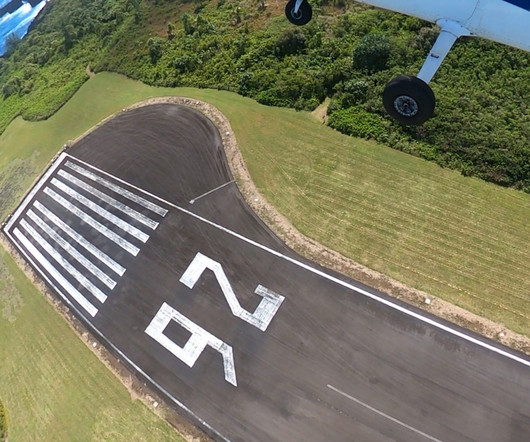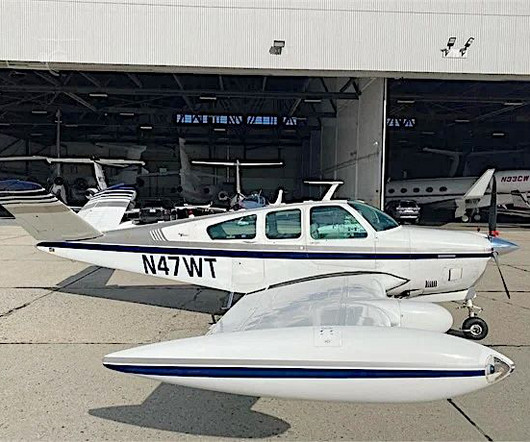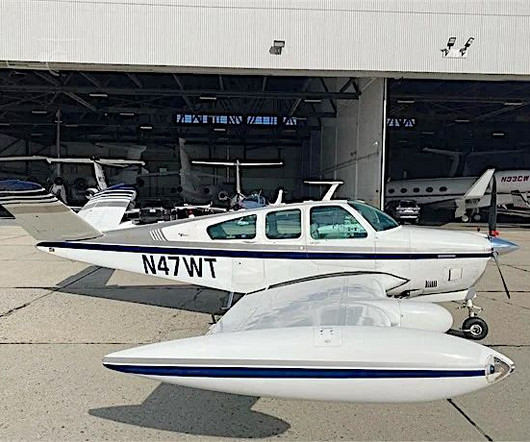The Pitot-Static System: How It Works
Pilot Institute
DECEMBER 12, 2024
Since static pressure changes with altitude and weather, the static port provides a constant reading of the current atmospheric pressure. The atmospheric, or static pressure, varies with altitude and weather. The altimeter is the only instrument in small aircraft that gives the pilot altitude information.






















Let's personalize your content